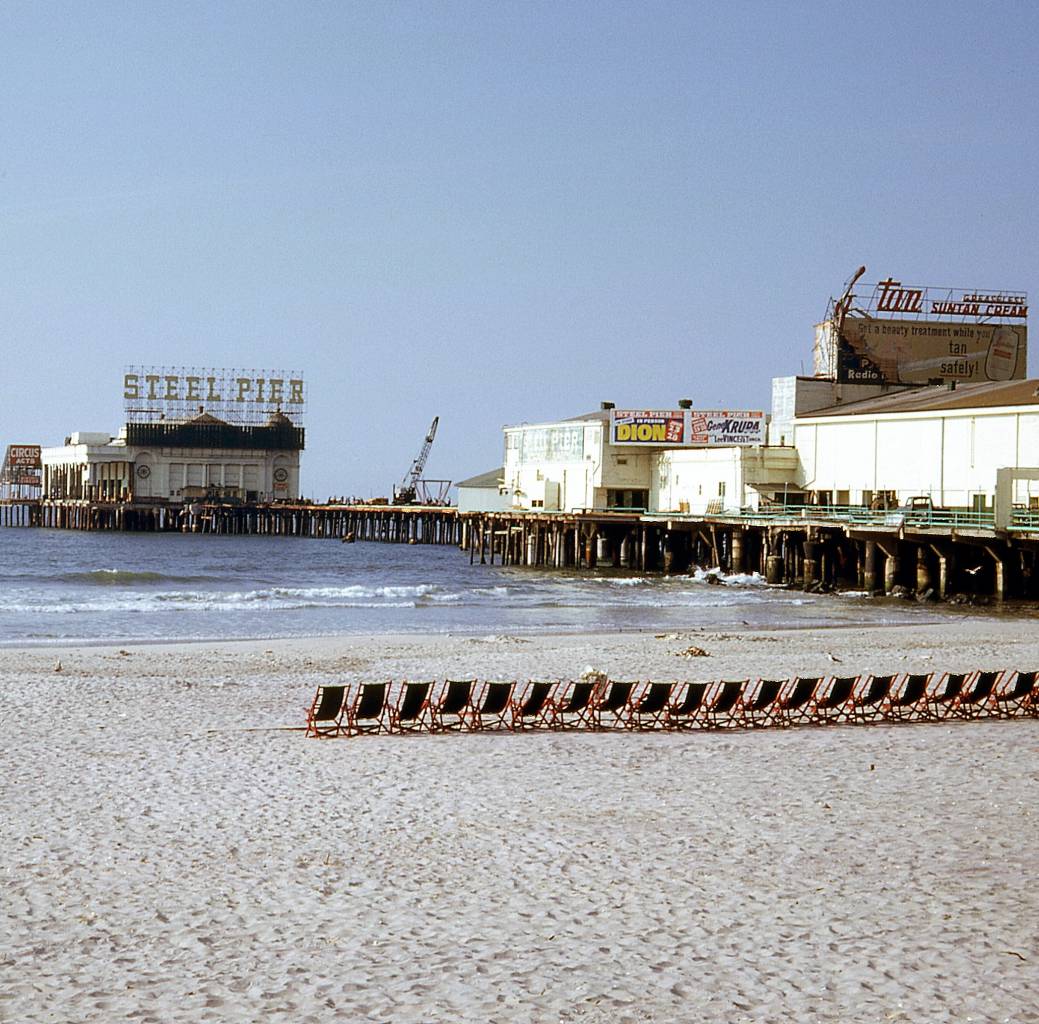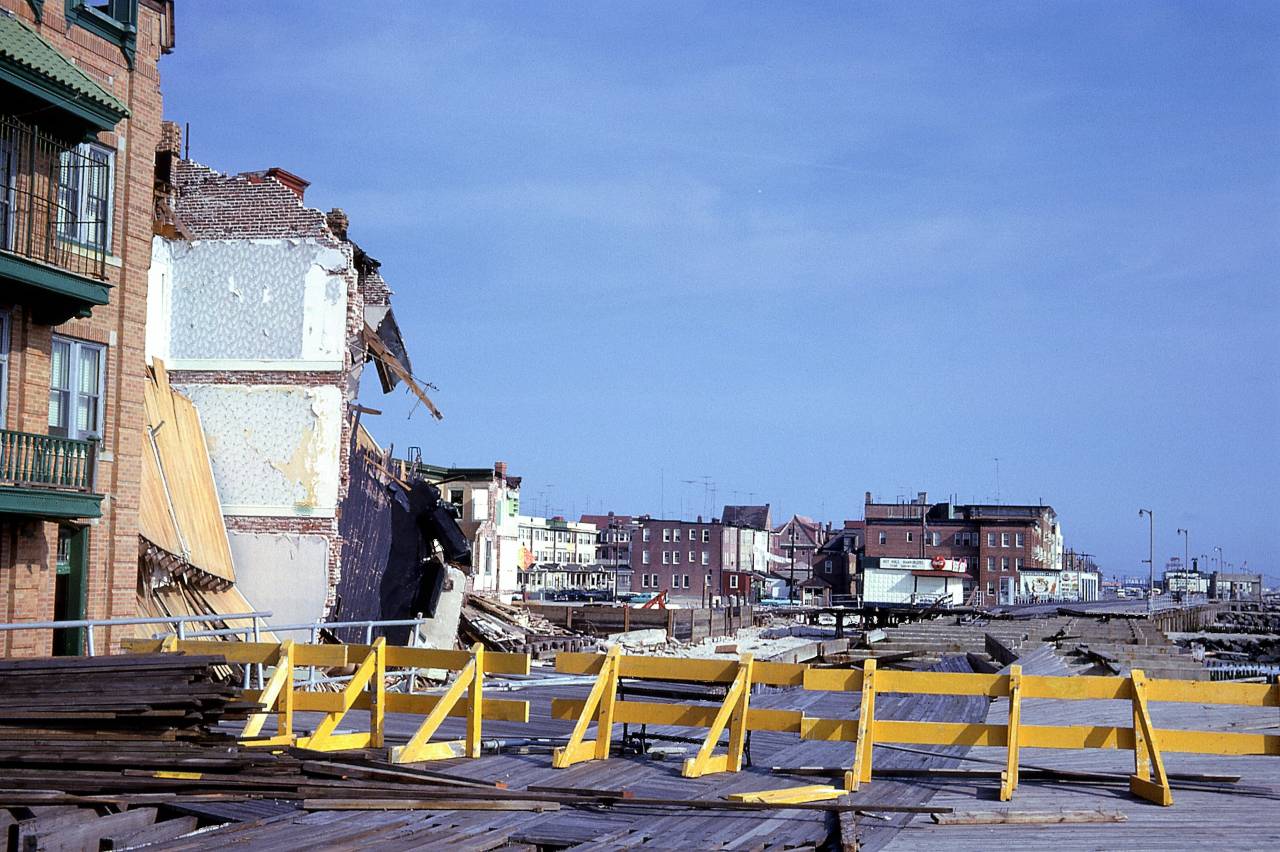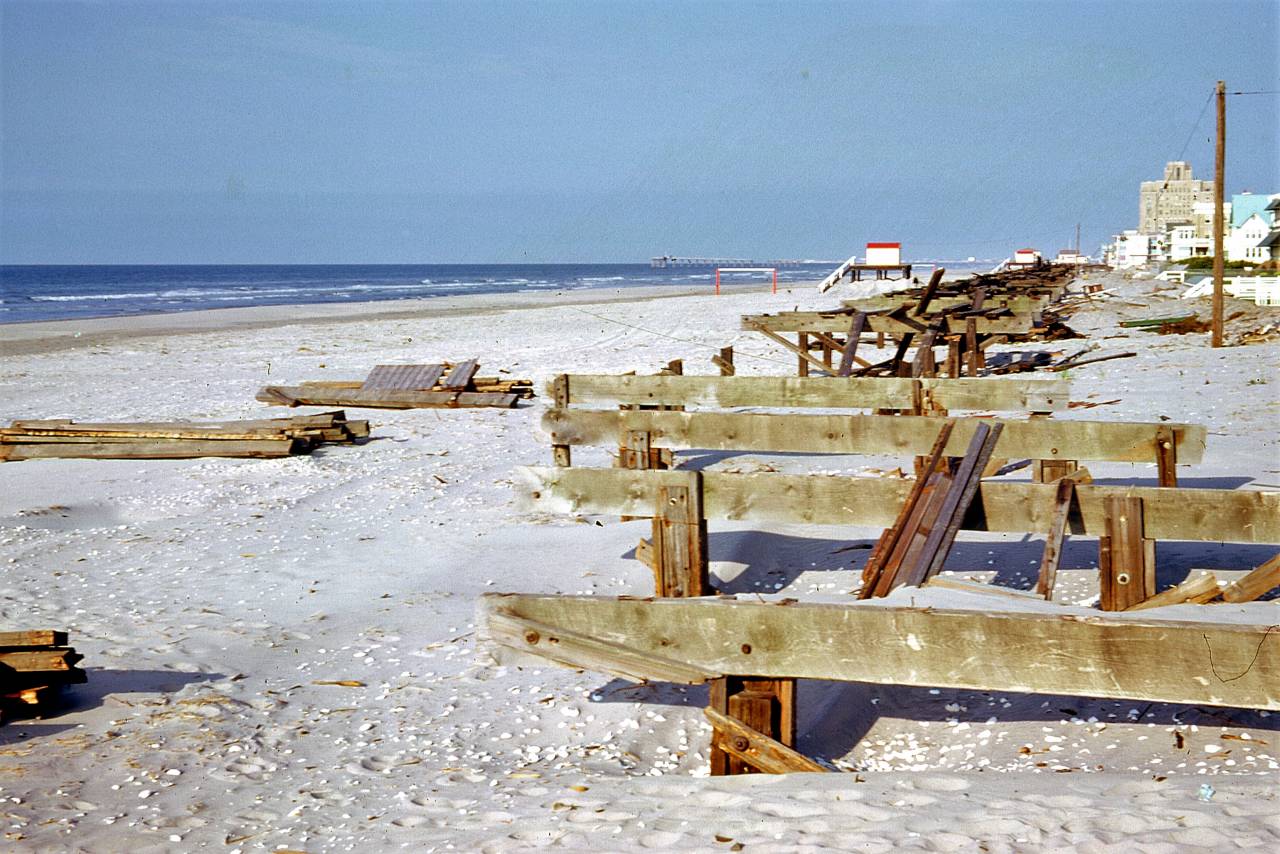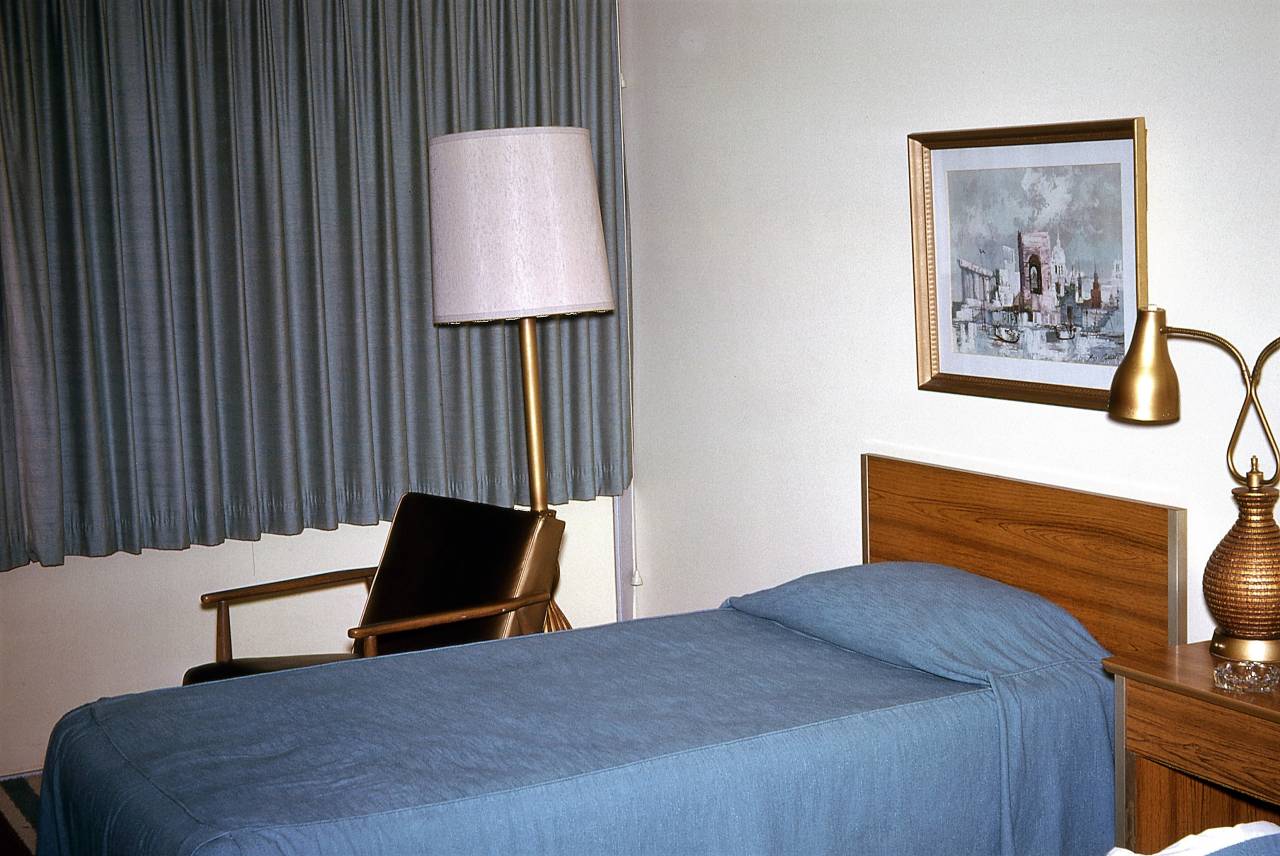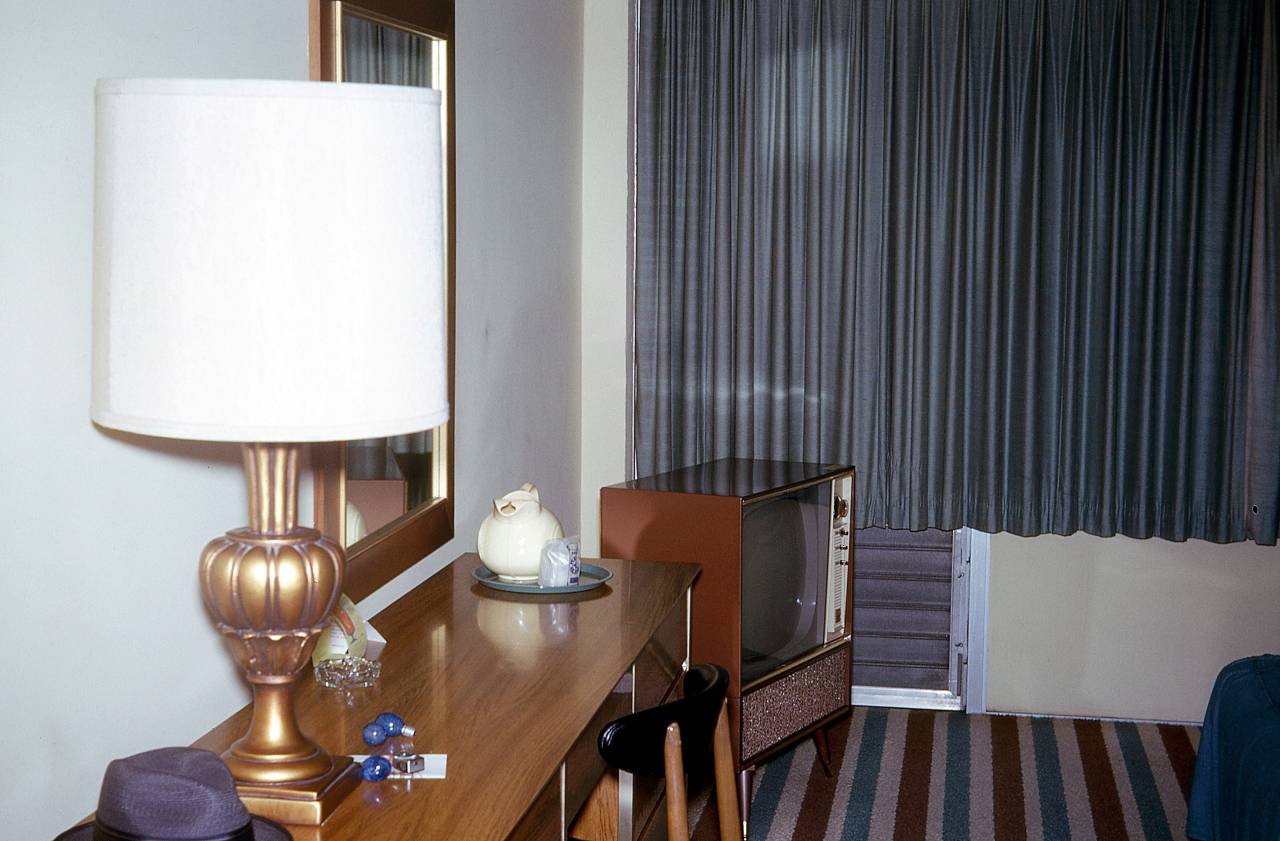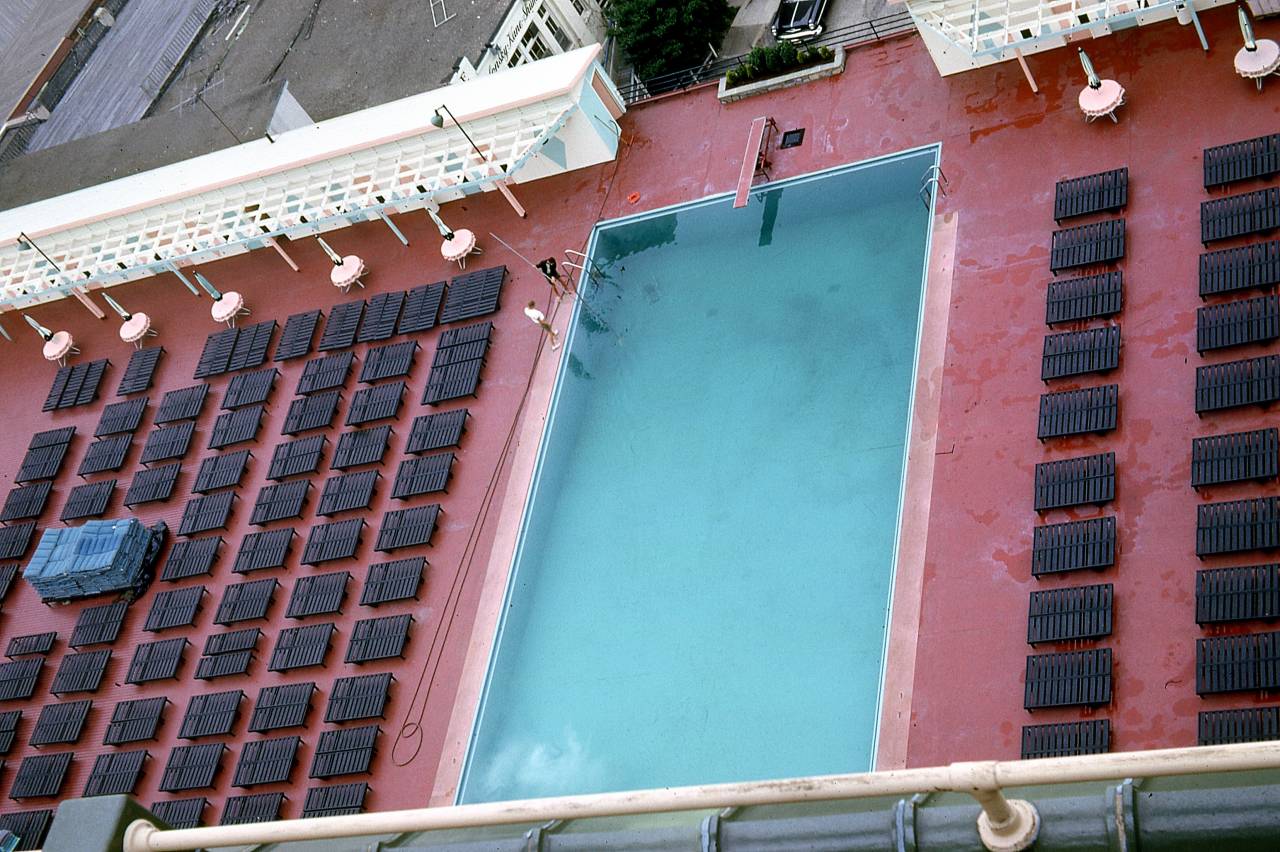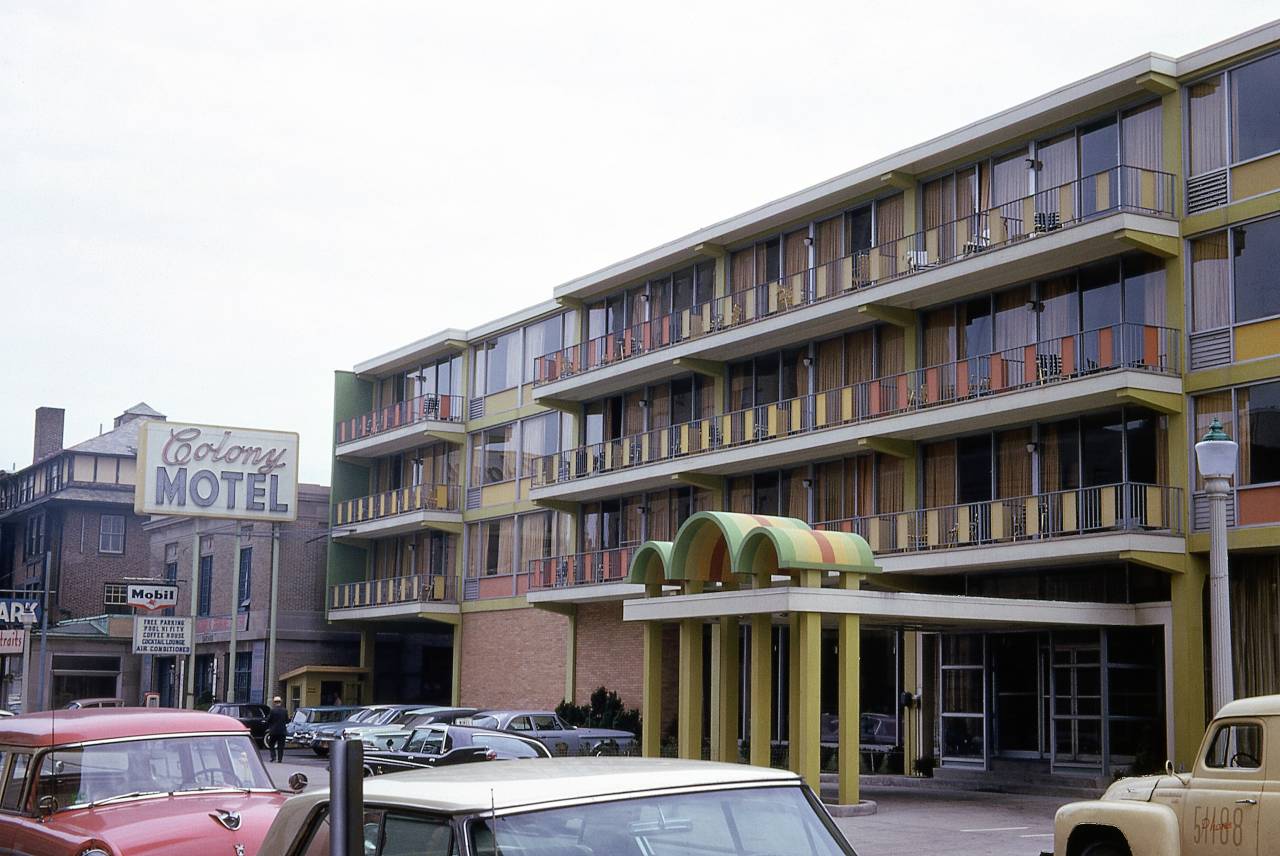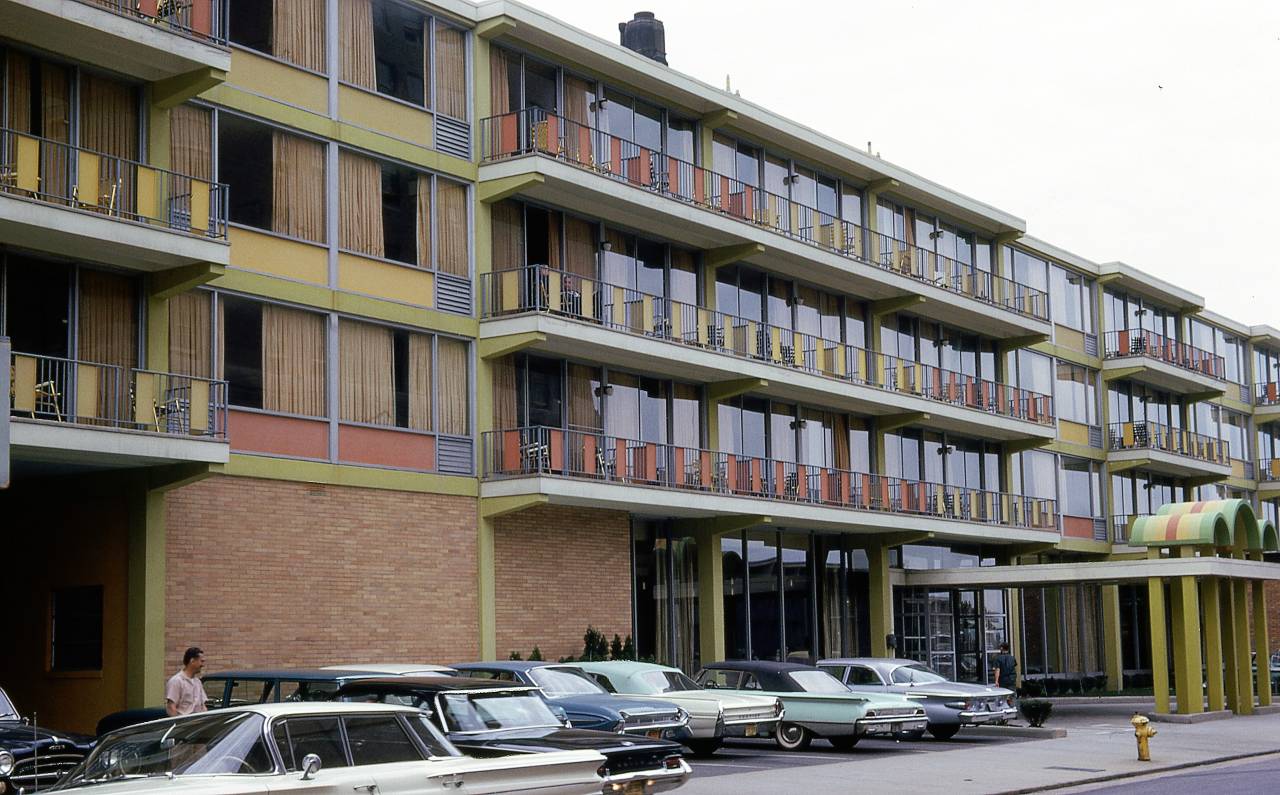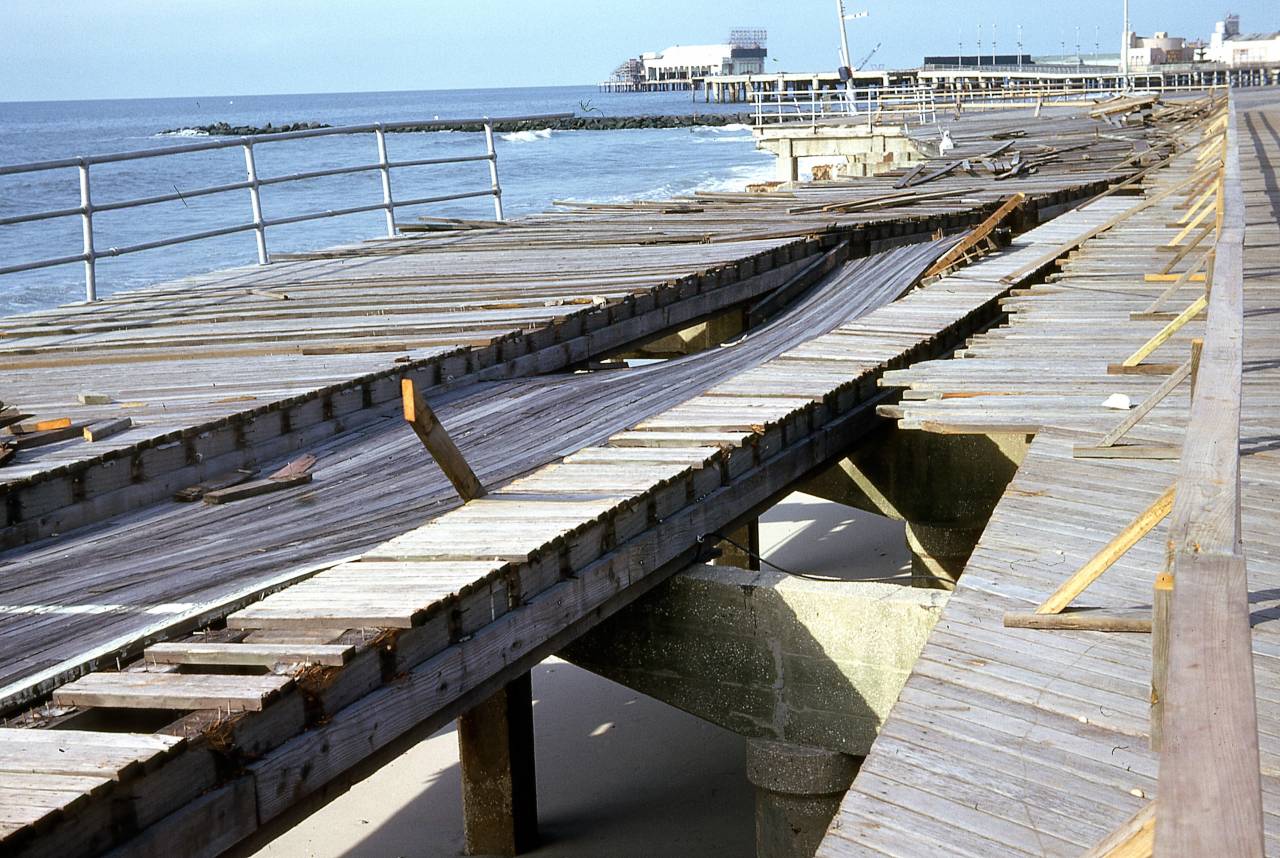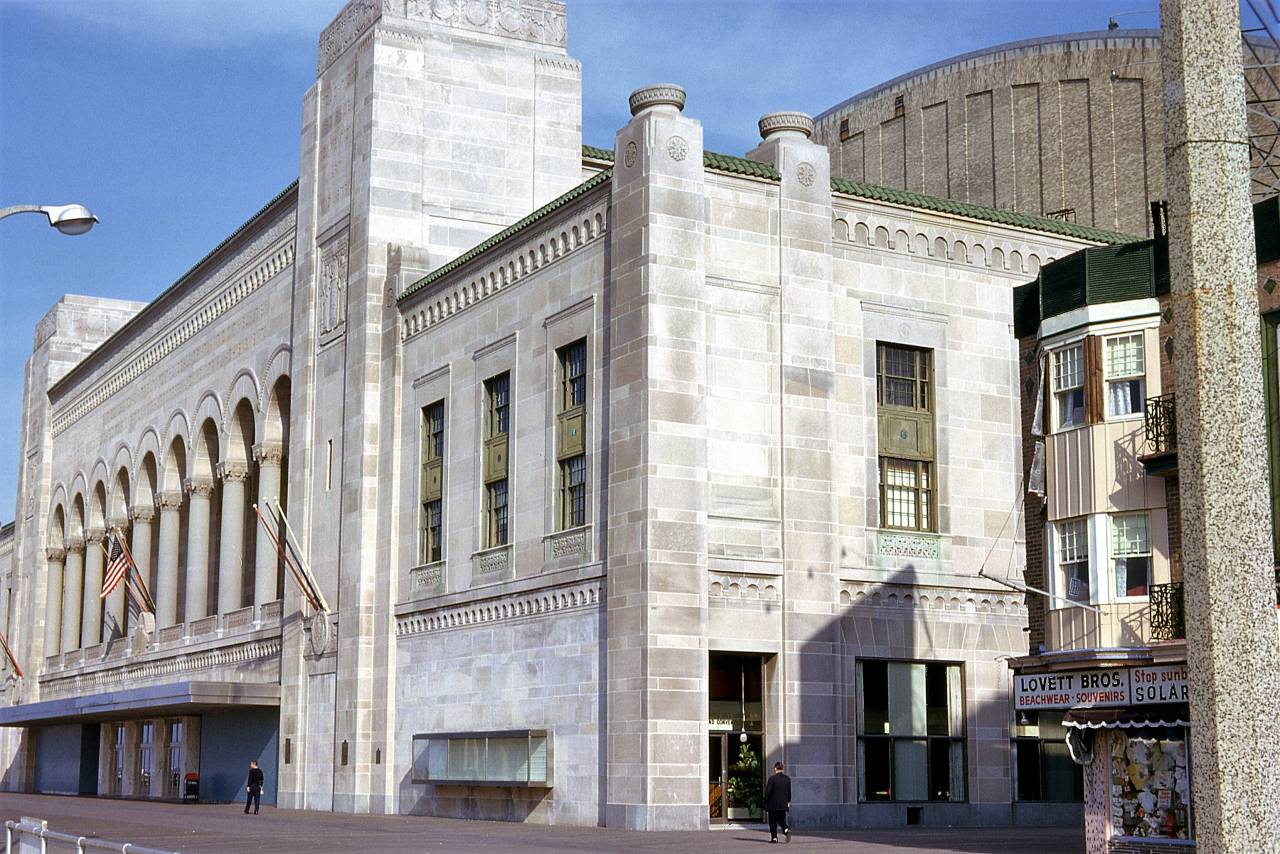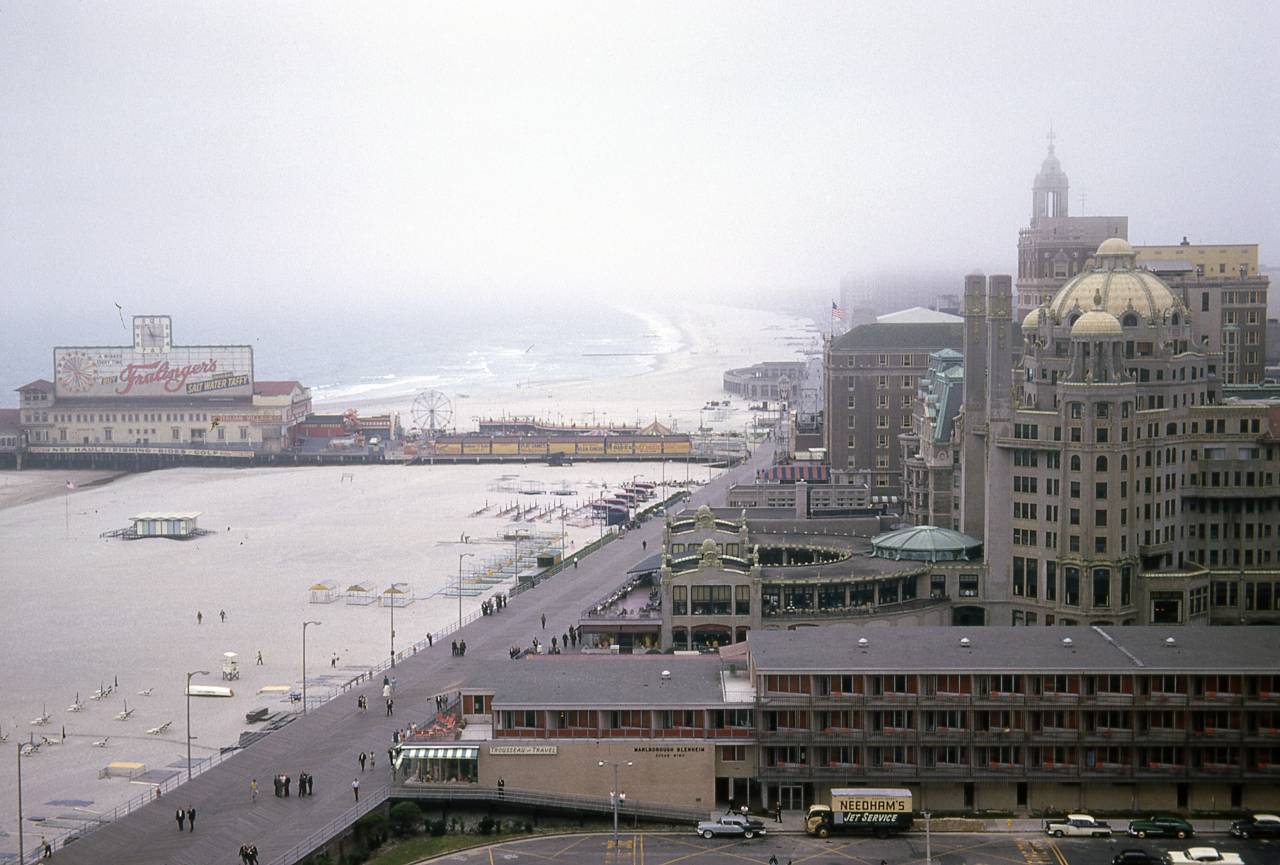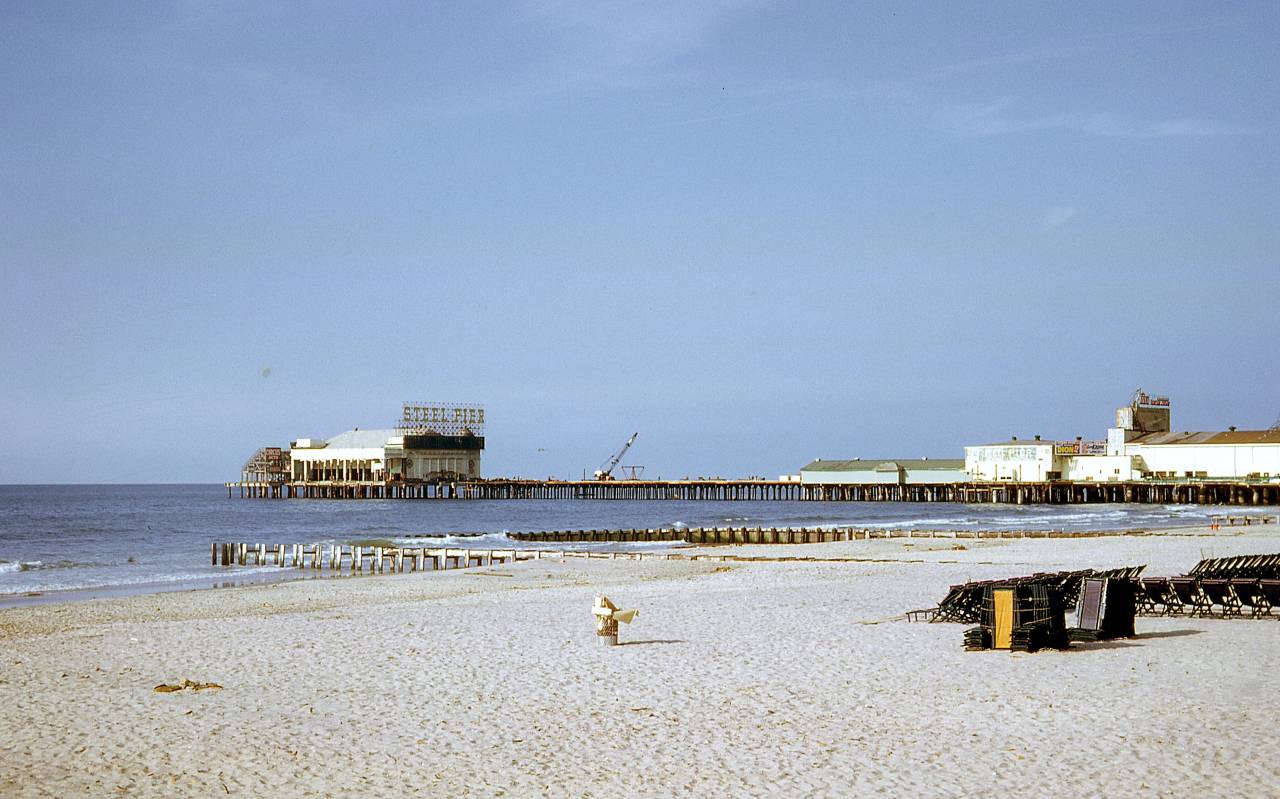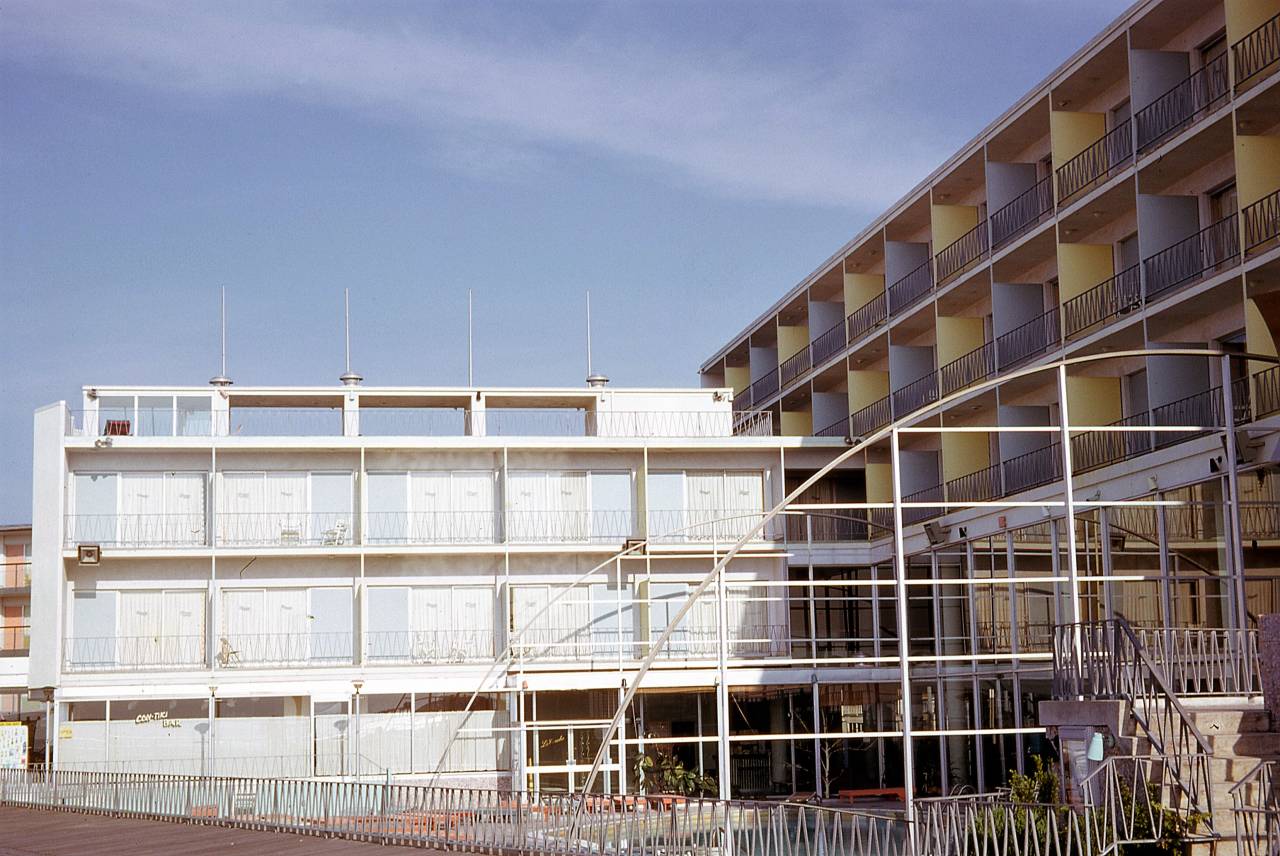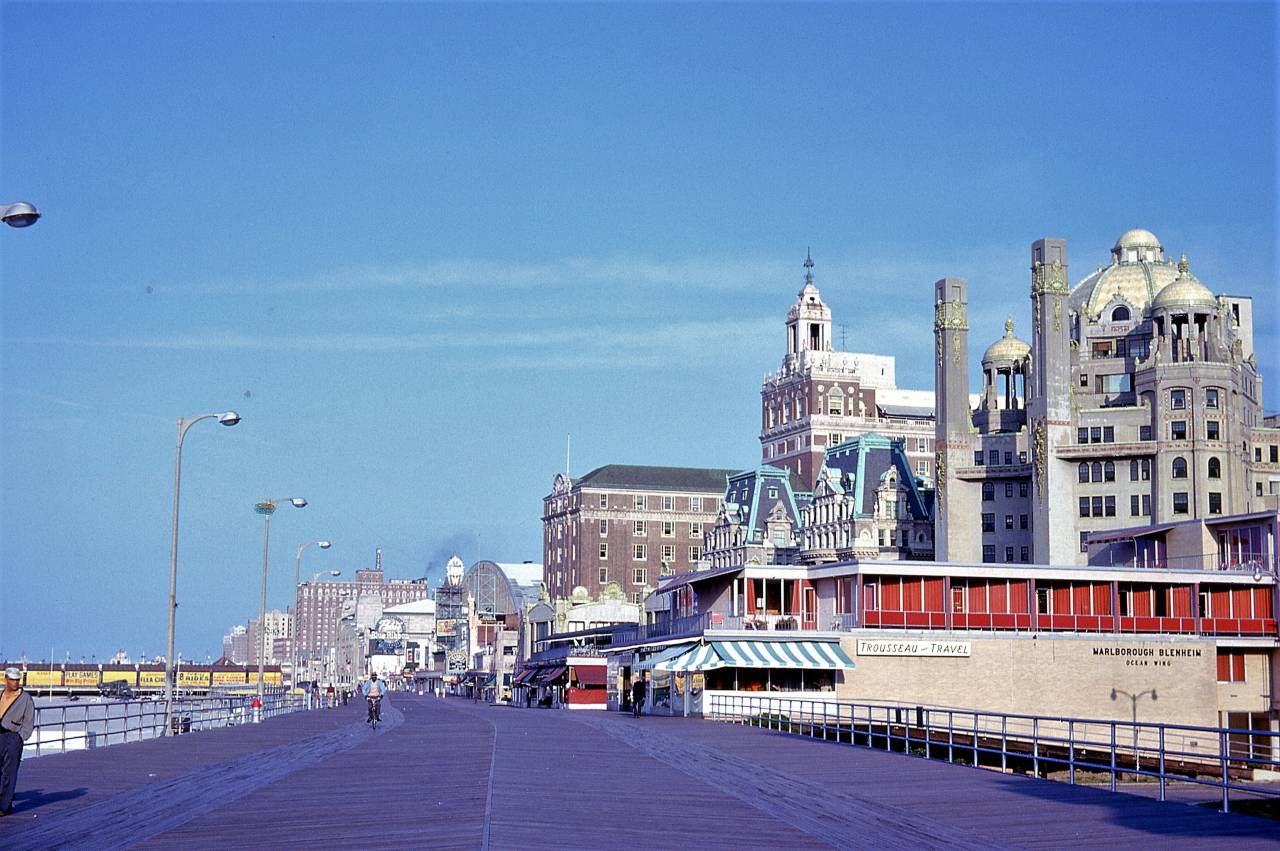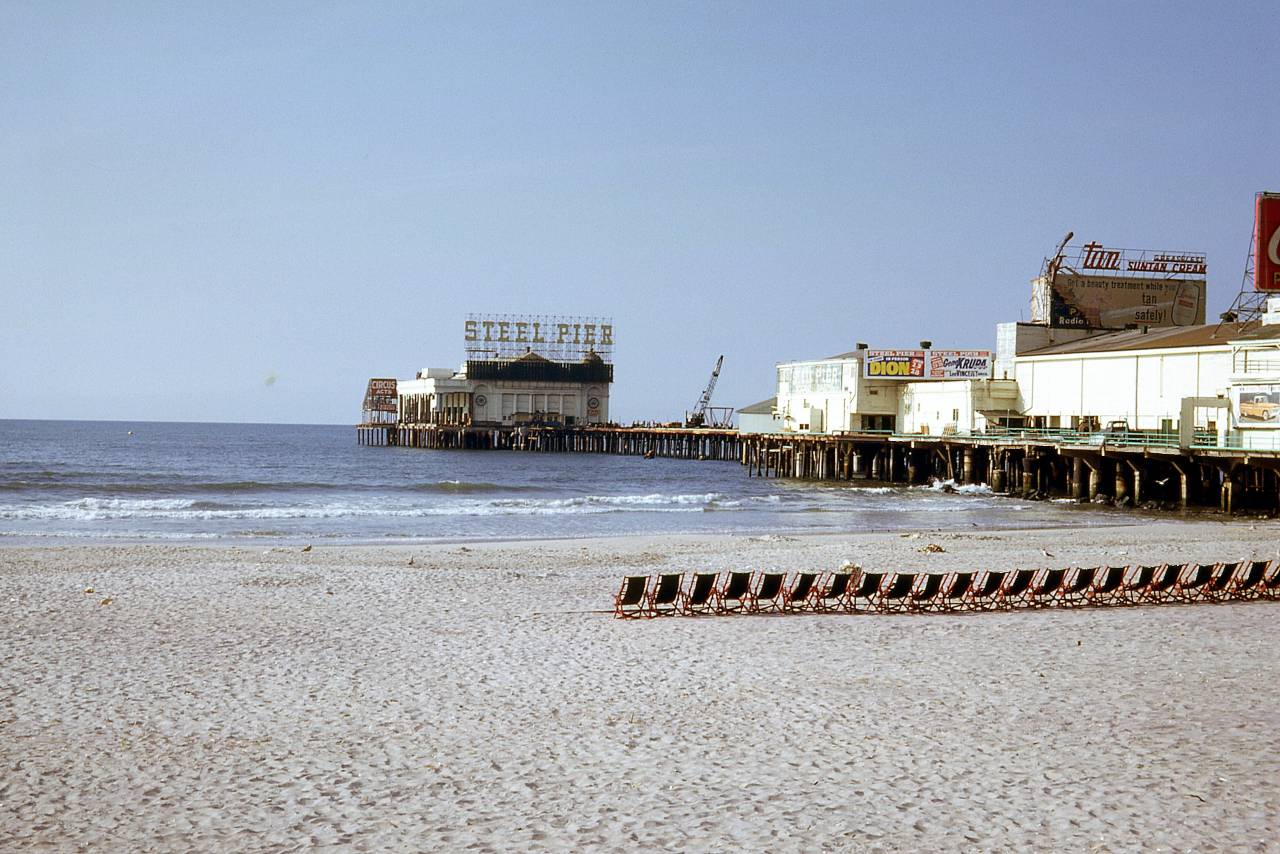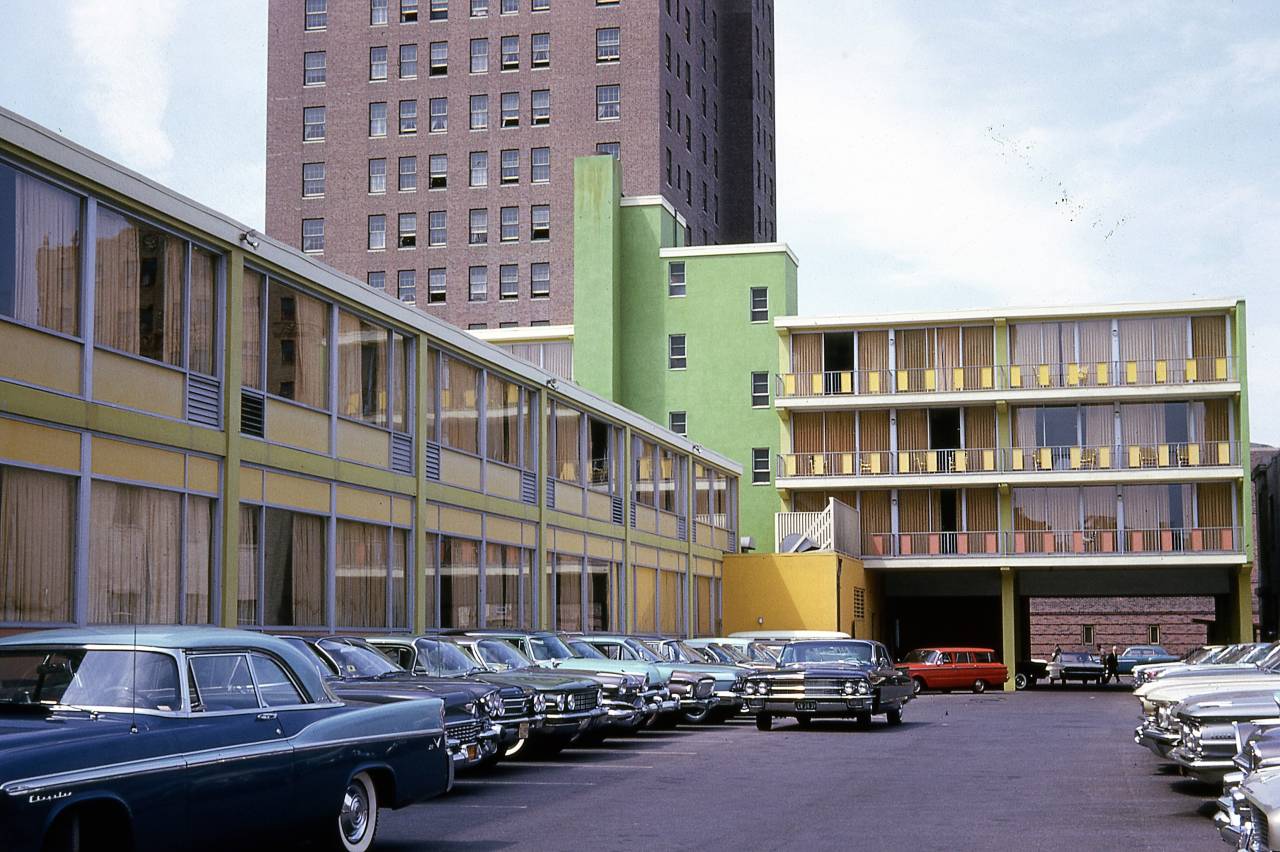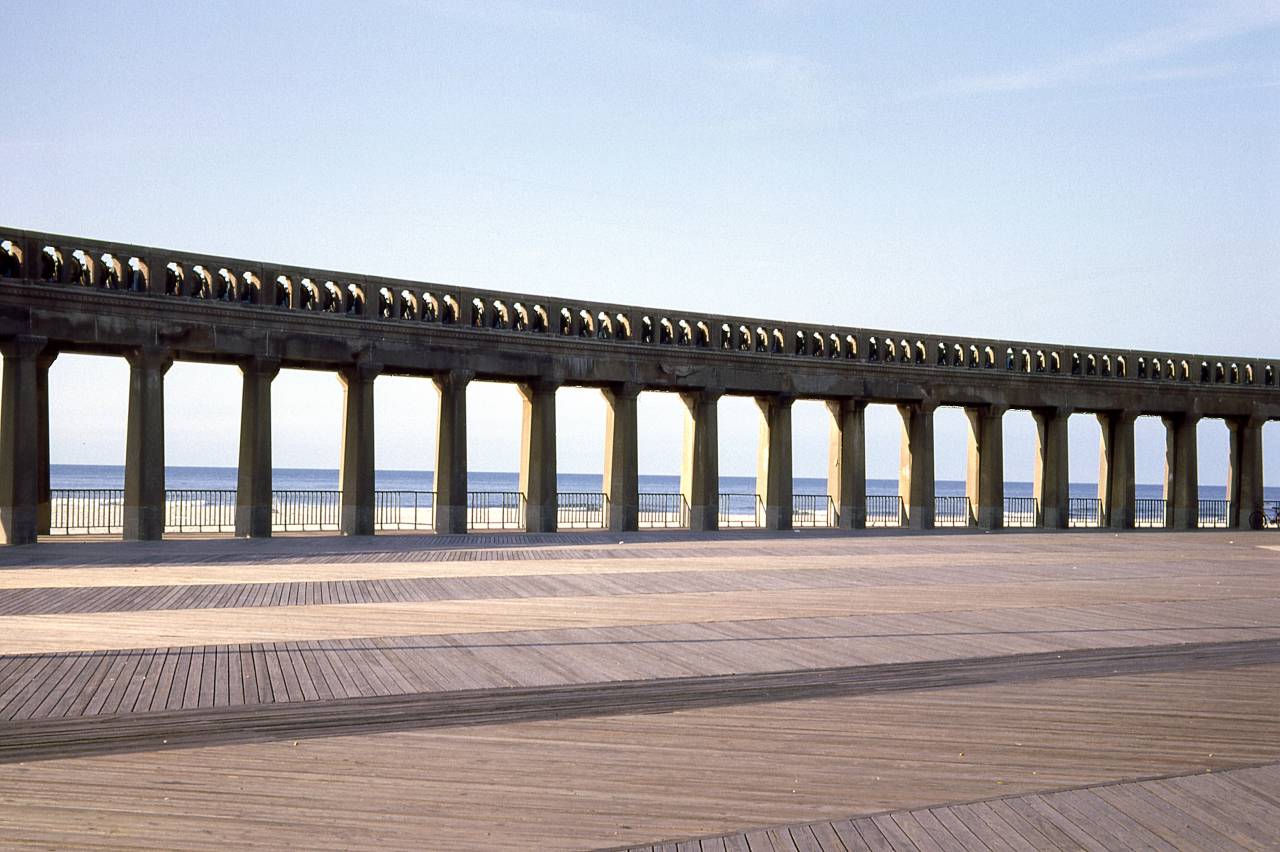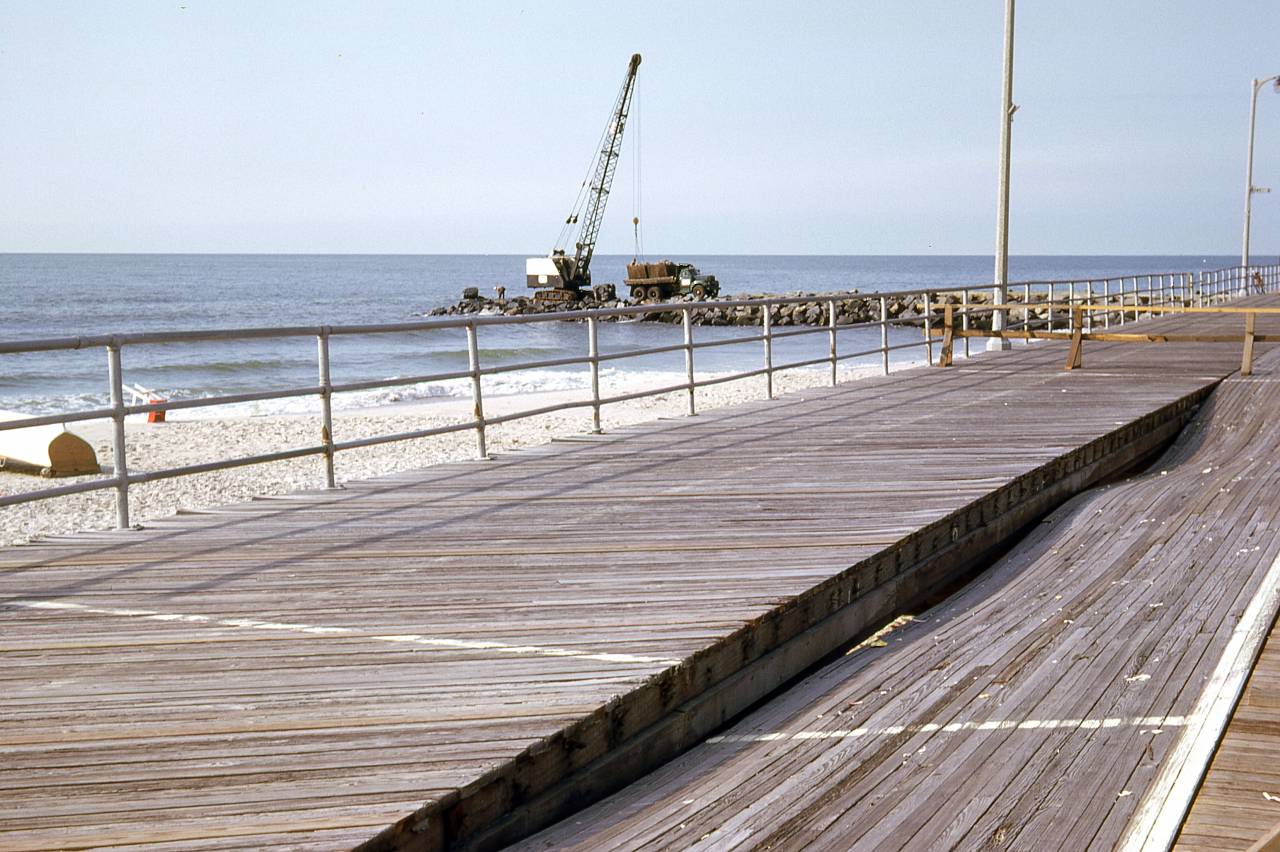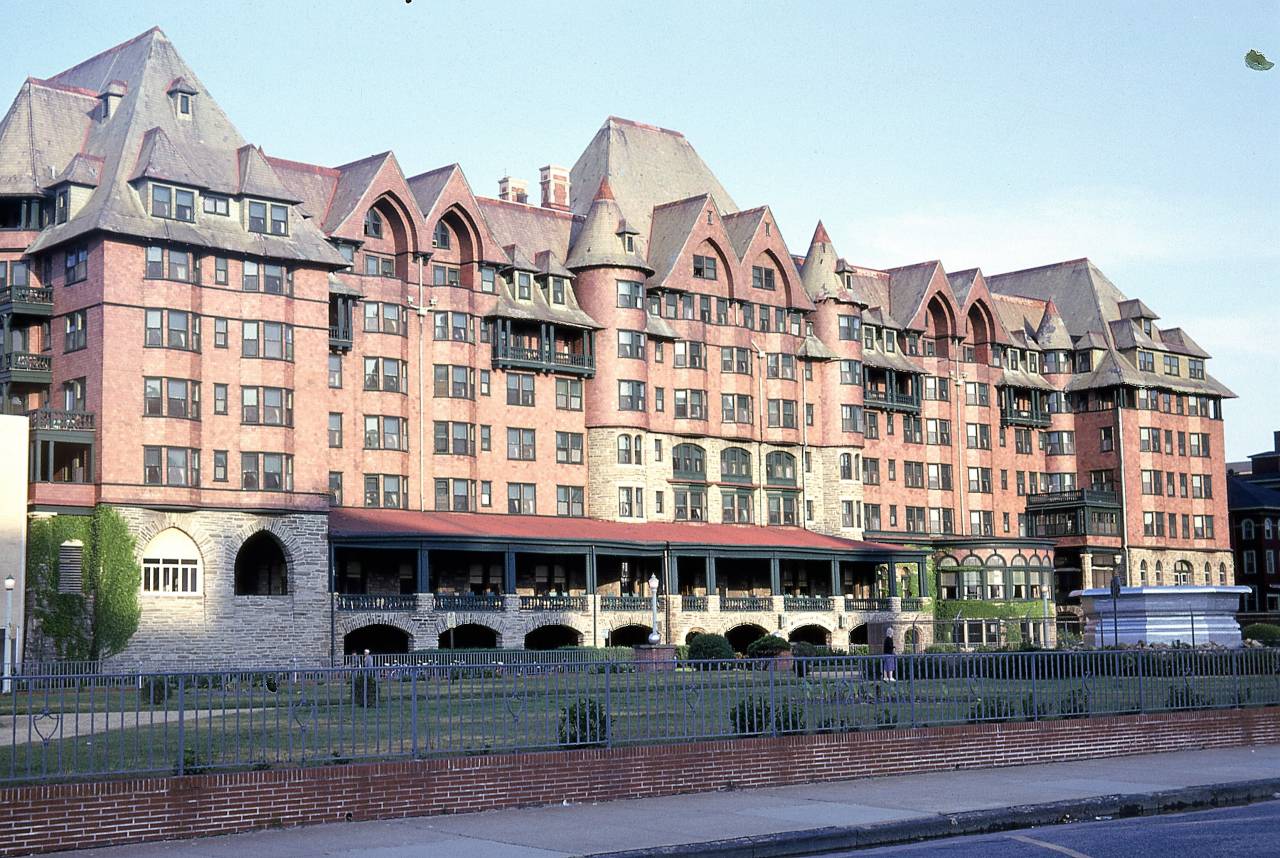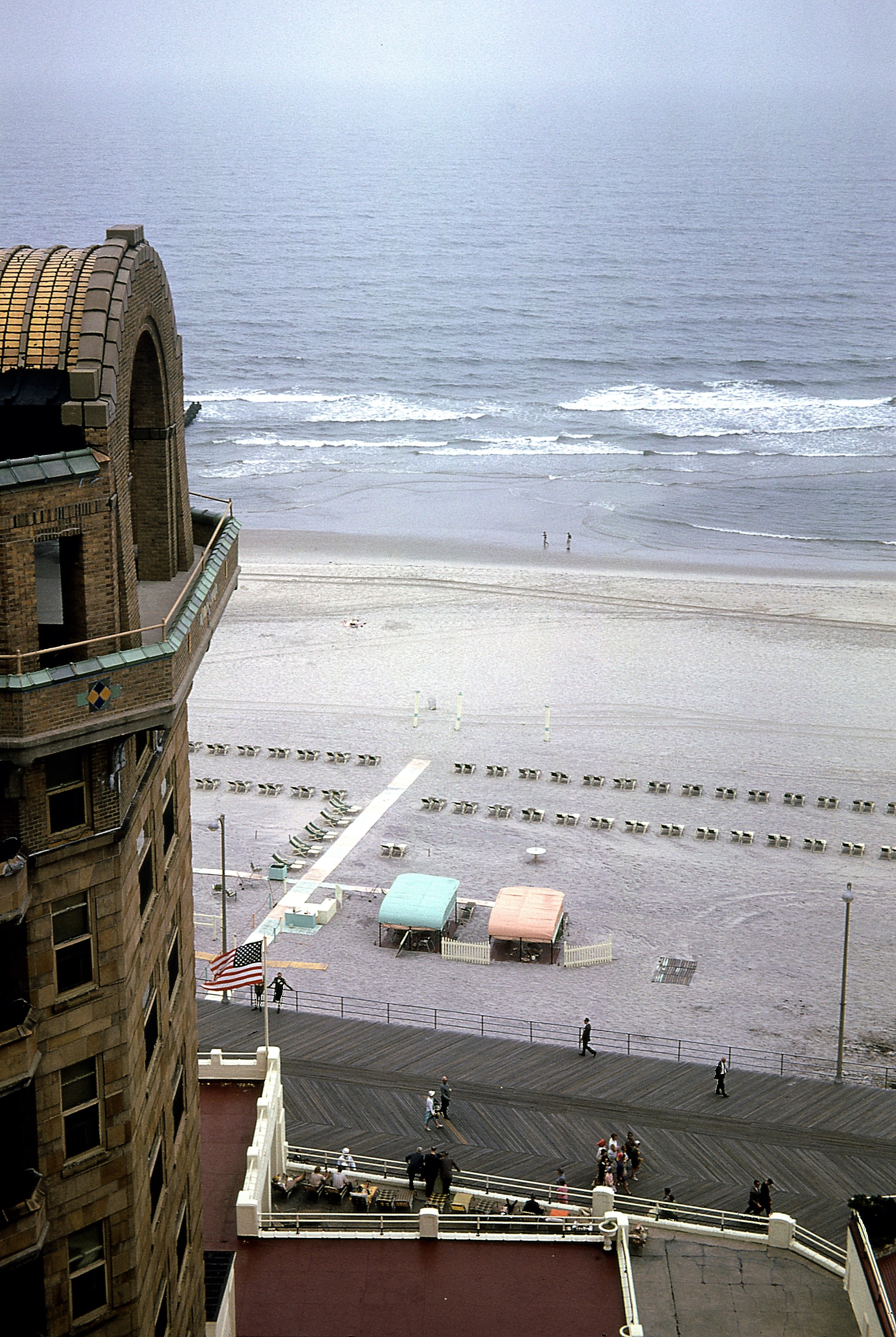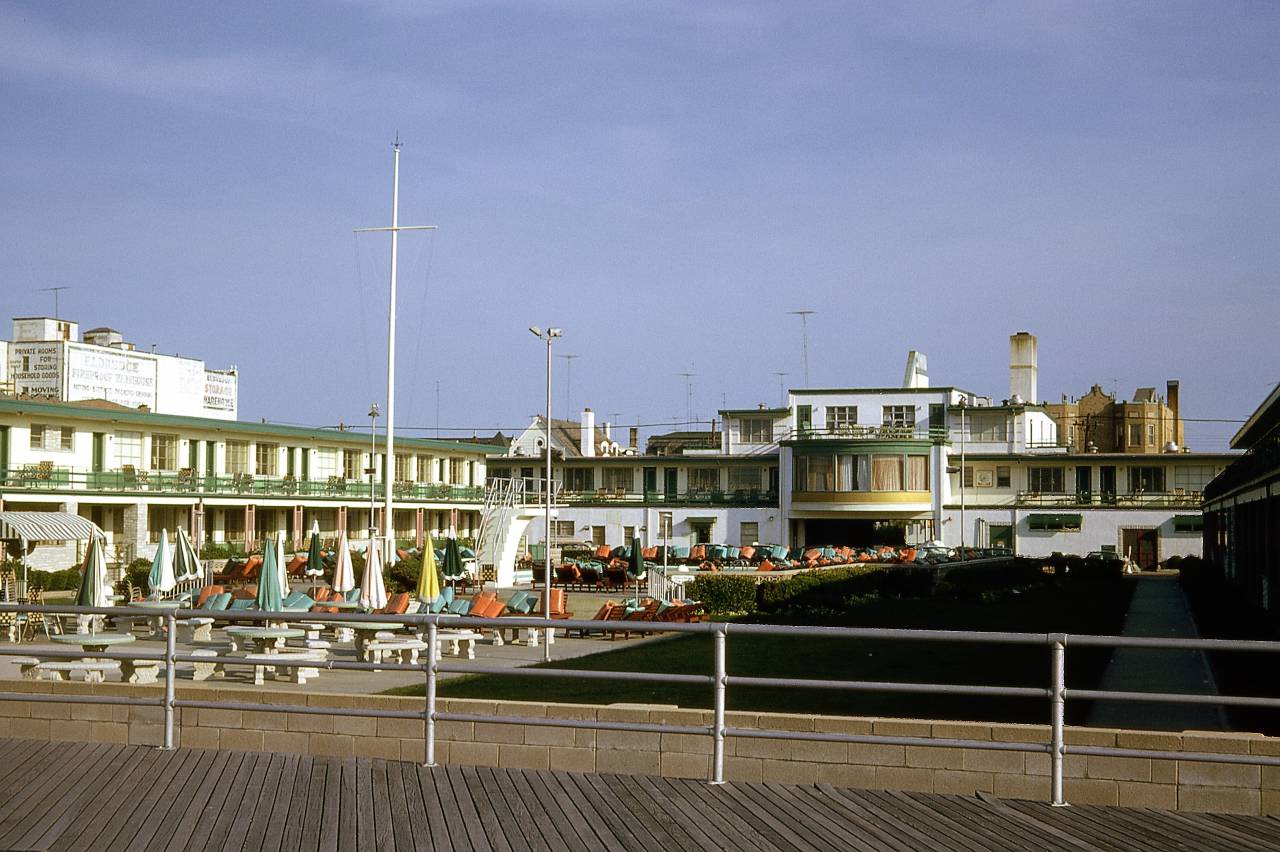Atlantic City was incorporated in 1854, the same year in which the Camden and Atlantic Railroad train service began. Twenty years later almost half a million people were travelling to Atlantic City by rail. The first boardwalk was built in 1870 in an attempt to help hotel owners to keep sand out of their lobbies. The length of the boardwalk, before the destructive 1944 Great Atlantic Hurricane, was almost seven miles.
The prohibition era was Atlantic City’s ‘golden age’. The city dubbed itself ‘The World’s Playground’. In a city run by Ducky Johnson and mayor Edward L. Bader, prohibition was almost unenforced by the local authorities and AC became a haven for those seeking alcohol. The tourist-based economy of the resort motivated the business owners and politicians to provide whatever was needed to make the visitors happy.
Like many older east coast cities after World War II, Atlantic City became plagued with poverty, crime, corruption, and general economic decline in the mid-to-late 20th century. The neighborhood known as the “Inlet” became particularly impoverished. One of the main reasons was popularity of the car which meant that people started coming for short stays instead of the traditional two weeks. Another factor in the decline in Atlantic City’s popularity came from cheap, fast plane travel to other premier resorts, such as Miami Beach and the Bahamas.
The city hosted the 1964 Democratic National Convention which nominated Lyndon Johnson for President and Hubert Humphrey as Vice President.The convention and the press coverage it generated, however, cast a harsh light on Atlantic City, which by then was in the midst of a long period of economic decline.
The Breakers, the Chelsea, the Brighton, the Shelburne, the Mayflower, the Traymore, and the Marlborough-Blenheim were demolished in the 1970s and 1980s.
These photos of Atlantic City are from the collection of Glen F who has a fabulous collection on Flickr.
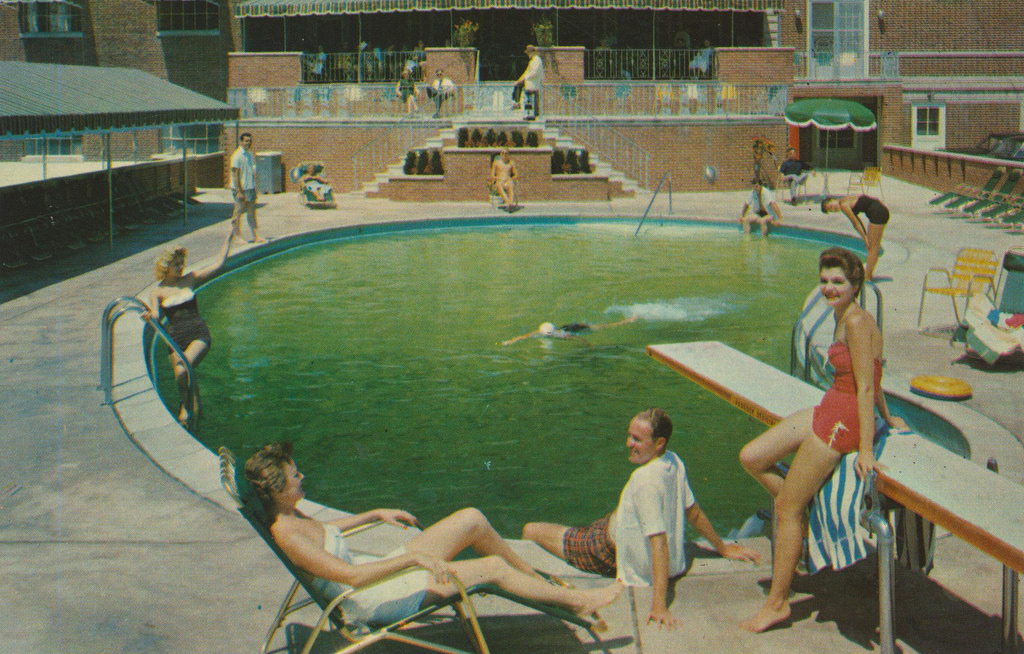
Colton Manor – Atlantic City, New Jersey Pennsylvania Ave., Atlantic City, N.J. New Salt Water Outdoor Swimming Pool Featuring Luncheon for Bathers on Garden Terrace
Would you like to support Flashbak?
Please consider making a donation to our site. We don't want to rely on ads to bring you the best of visual culture. You can also support us by signing up to our Mailing List. And you can also follow us on Facebook, Instagram and Twitter. For great art and culture delivered to your door, visit our shop.
